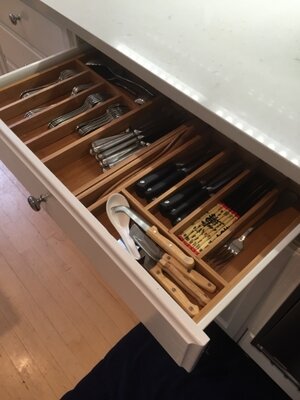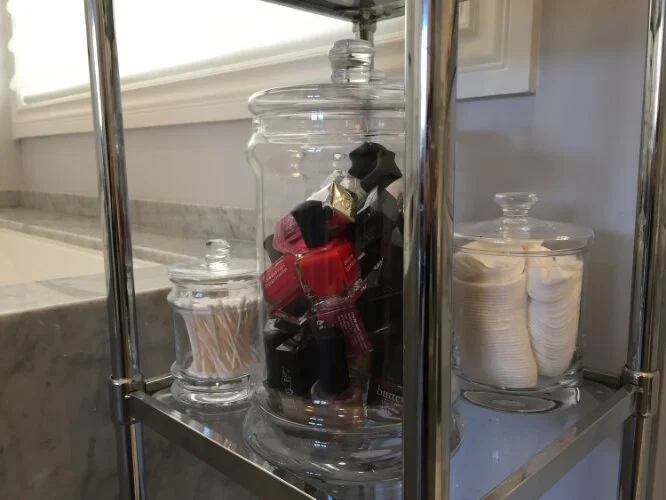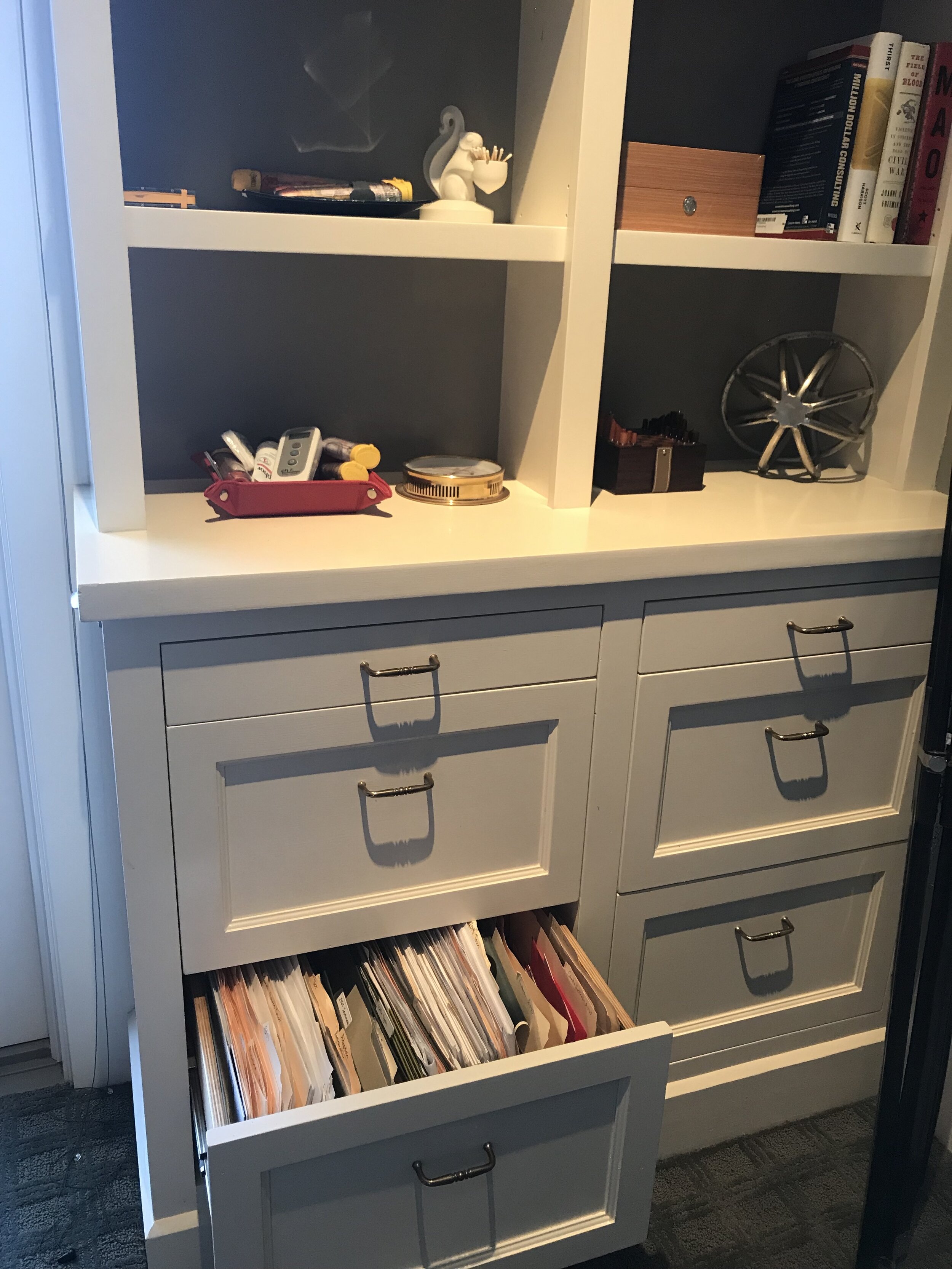Easy Access: Principles of Organizing Part 5
Just joining us for the Principles of Organizing blog series? Catch up here!
We just talked about how it’s super important to store like items together… and in doing so resist the temptation to just put things wherever you can find a little space than can fit into. But that’s not quite enough to get you the organizing system you’re looking for that will really work.
Not only should we store like items with like, but we should also make sure that the things we use most often are most accessible.
I know, I know: this is another super simple organizing concept that sounds self-evident! But if you look around, you might see spaces in your home where you don’t keep the things you use most often easily accessible - and where switching up your strategy might have surprisingly dramatic results!
I often see the principle of Most Used = Most Accessible violated when someone’s ideas about what a space should look like conflict with how they actually use the space. Take the kitchen. I cannot tell you how many times I see a Kitchen Aid stand mixer displayed proudly on a kitchen counter… surrounded by clutter.
Here’s what likely happened. The client started to unpack their kitchen by putting their favorite appliances and tools on the counter. This totally makes sense, since we love to be surrounded by the things that make us happy!
The problem comes when the client has to figure out how to allot the rest of the kitchen space to their dishes and tools. The truth is that sometimes our most favorite things aren’t the things we use most often - so now the client has to put their most-used items in hard to reach places. This means that every time they go to cook, they have to dig deep into cabinets, pull things out on the counter, and generally create a mess that they then don’t have the energy to deal with.
And sometimes, a disorganized kitchen means that people simply stop cooking because the space stresses them out so much.
When I organize a kitchen, I start with the most accessible storage spaces, and create zones based on the tasks the client will be doing while standing in specific areas. The dishwasher and/or sink area forms the center of the dish, glass, and silverware zone - because if it’s easy to put dishes away, that hateful task is more likely to get done. The range or stove top forms the center of the food preparation area, with frequently used tools, pans, and seasonings within arms reach. And all those hard to reach corner cabinets or high shelves? Those are great places for the turkey roasting pan, the cupcake tins, and maybe if you’re not a super frequent baker, that gorgeous stand mixer!
I bring up the Kitchen Aid mixer in particular because it highlights the very real truth that there are trade-offs in organizing. Form and function will necessarily conflict. And so it all comes back to your vision, and how important that vision is to you. If your kitchen is currently overwhelming you and you’re feeling guilty about not cooking enough, but your ideal vision for your home includes a warm and welcoming kitchen where you prepare yummy food to nourish your family, something is going to have to give. And that something may be how you decide to allocate your limited counter and cabinet space.
So yes, the idea that the things you use most often should be the most accessible is pretty simple. But if you take a look at the spaces in your home that continue to resist organizing, you might find that accessibility is part of the problem!
Want to know where we go from here? Work your way through the rest of the series on basic principles of organizing.
I’d love to know: what storage locations have you switched around in your home in order to make things you use all the time more easily accessible?
LMW











When it comes to makeup, it’s easier to create waste than you might think.